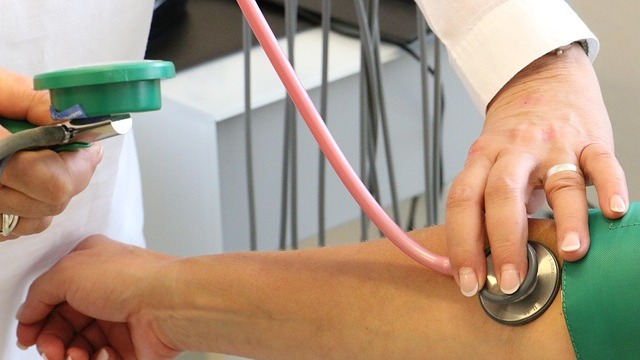
Gerald Johnson: A Legacy of Change in Health Equity
Gerald E. Johnson II, the American Heart Association’s executive vice president of health equity and chief diversity officer, is redefining the landscape of healthy living. Growing up in New York's Crown Heights community, he witnessed firsthand the devastating effects of systemic inequities—where access to fresh food, quality healthcare, and employment opportunities were starkly inadequate. "If you get sick, don't go to this hospital [in the neighborhood], go to that one across town where the White people live," he recalls, symbolizing the disparities still very much alive today.
Johnson's journey from a challenged neighborhood to a leading figure in health equity is a testament to determination and a deep-seated commitment to serve others. As he reflects, "We still have ZIP codes determining people's life expectancy—with 10- and 20-year gaps between communities a few miles apart." This awareness fuels his mission to ensure every community has access to essential health resources.
Championing Health Equity Through Service
Rooted in a family tradition of service, Johnson describes how his father and grandmother instilled in him the values of giving back. Their legacy is evident in his ongoing volunteer work with organizations like Big Brothers, Big Sisters and Meals on Wheels. These experiences shaped Johnson’s professional path, ultimately leading him to the American Heart Association nearly two decades ago.
Initially joining the AHA as a volunteer on the Diversity Leadership Committee, Johnson's leadership qualities quickly emerged, earning him the role of the AHA’s inaugural chief diversity officer. Since then, he has significantly impacted health equity strategy, messaging, and community engagement. "Gerald has partnered extensively with volunteers and executives across the association to guide health equity strategy," says Nancy Brown, AHA’s CEO.
A Visionary Leader in Global Health Equity
Johnson’s efforts extend beyond national initiatives; he plays a vital role as a co-chairperson of the World Economic Forum Global Health Equity Network. This role sees him mobilizing leaders across sectors to confront health disparities on a global scale. He has also spearheaded the creation of the AHA Office of Health Equity, AHA Social Impact Funds, and the CEO Diversity Advisory Cabinet—projects that further AHA’s mission to serve all populations.
His leadership has fostered an inclusive workplace where diverse voices are actively engaged. Programs like mentoring initiatives and cultural learning experiences are designed to promote supplier diversity and uplift underrepresented communities—actions pivotal to enhancing the AHA's competitive edge and expanding its influence.
Building Connections for a Healthier Future
In today’s increasingly interconnected world, understanding and addressing health equity is more important than ever. Johnson’s vision illuminates the pathways forward for healthcare organizations, highlighting the intrinsic link between equity and the overall success of health initiatives.
Conclusion: Take Action in Your Community
As we look to the future, it’s clear that the spirit of leadership exemplified by figures like Gerald Johnson is crucial. His story inspires us to consider how we can contribute to our communities. Whether volunteering for local initiatives or advocating for equitable health policies, every effort counts. Together, we can close gaps in health equity, ensuring that everyone has access to the resources they need to thrive.
 Add Row
Add Row  Add
Add 




 Add Row
Add Row  Add
Add 

Write A Comment